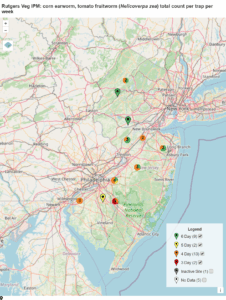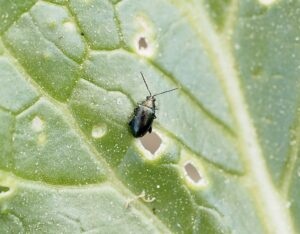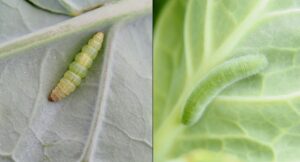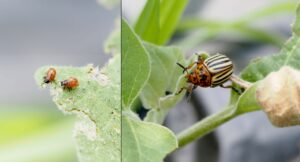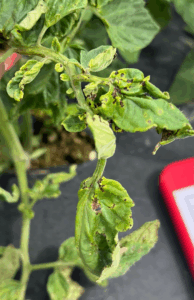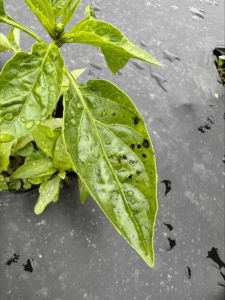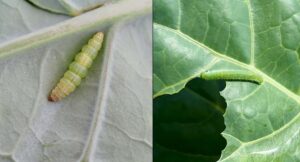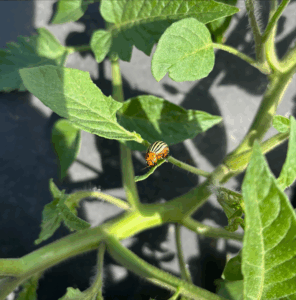Calling all commercial basil growers, researchers, home gardeners, and basil enthusiasts!
Our team at Rutgers University, UMass Amherst, Bar-Ilan University, and University of Florida
are asking for your help! Basil production is still threatened by the devastating Basil Downy
Mildew disease and current methods of prevention and resistance are wavering. It appears that
the pathogen is evolving rapidly, and we need your help to understand this phenomenon. We are
asking anyone who observes basil downy mildew on their plants to send infected leaf samples to
our researchers listed below and to report their infection to the following website:
https://basil.agpestmonitor.org/. These samples will be used to better understand the existing
pathogen populations and help drive solutions towards the downy mildew problem. This problem
cannot be solved alone, and we thank you!
Shipping Instructions:
Please collect as many infected leaves showing sporulation (or yellowing) as possible and wrap
in a dry paper towel before placing inside a sandwich bag. Seal the sandwich bag partially
(leaving about a quarter open) before placing in an envelope addressed with the information
below:
Rutgers University Mailing Information:
B.A.S.I.L.
Foran Hall, Rm 392
59 Dudley Rd
New Brunswick, NJ 08901
Please address any questions or concerns you may have to Robert Mattera III
(robert.mattera@rutgers.edu)

